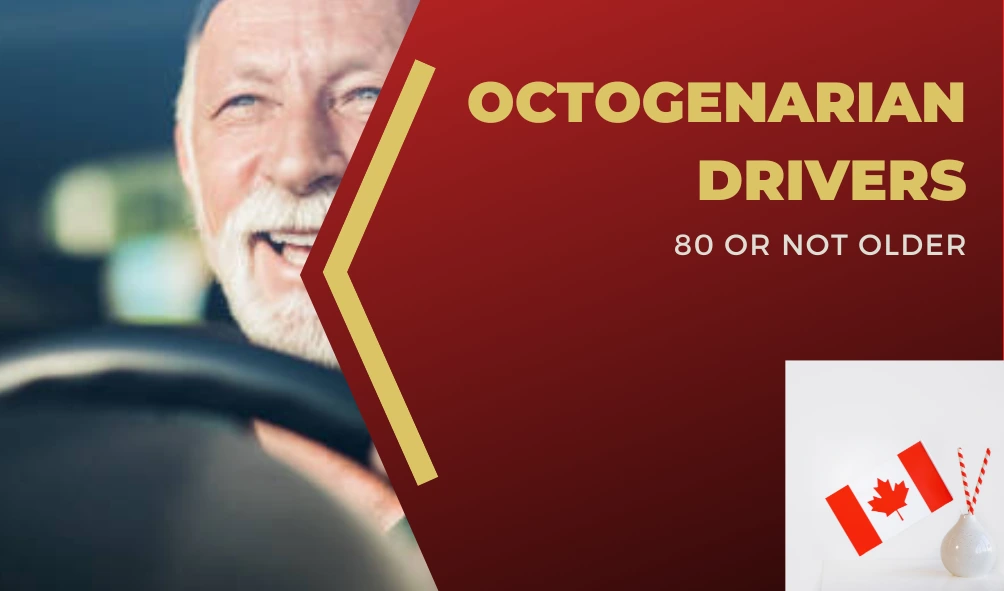Elderly drivers over the age of 80 represent a unique demographic structure in the field of traffic.
As people live longer and continue to lead active lifestyles, the number of older drivers on the road has increased significantly.
Often referred to as octogenarian drivers, this age group presents several challenges and considerations that deserve the attention of policymakers, health professionals, and society. First, it is important to understand that aging can affect various aspects of a person’s physical and cognitive abilities. As a person ages 80 and older, factors such as vision loss, slower reaction time, and a decline in motor skills may become more prominent. These age-related changes can affect an older driver’s ability to navigate complex traffic situations, react quickly to unexpected events, and make precise maneuvers. Therefore, there is a constant debate about how to balance the autonomy of elderly drivers and ensure road safety for all.
Critical concerns
One of the critical concerns with older drivers is the increased risk of accidents and injuries. Statistics show that older drivers are involved in accidents more often than their younger counterparts. However, it is very important to distinguish between the natural aging process and diseases that can exacerbate the risks. Many seniors have excellent driving skills well into their 80s, while others may have health problems that impair their ability to drive safely. Identifying and addressing these health-related factors is an important step in promoting safe mobility for older adults.
In addition to personal health aspects, the development of the driving experiences of people aged and older is also influenced by external factors, such as changes in traffic rules and the development of automotive technology. Understanding and adapting to new technologies such as advanced driver assistance systems (ADAS) and self-driving cars can be difficult for people who learned to drive in a very different era. Policymakers and car manufacturers must work together to ensure that these technological advances are accessible and usable for seniors, promoting seamless integration into their driving routine.

The issue of permission and revaluation also comes up when talking about senior leaders. Many countries have introduced regular renewals of driver’s licenses and licenses for the elderly, often accompanied by additional assessments of their physical and cognitive abilities. Striking the right balance between preserving individual liberties and prioritizing public safety is a delicate task. Introducing fair and impartial assessment processes that take into account age-related changes without unfairly restricting older drivers’ rights is paramount. Additionally, providing seniors with driver training resources tailored to their needs can help them keep up with changing road conditions and regulations.
Social isolation
Social isolation is another dimension that makes life difficult for drivers over 80 years old. For many, driving is not only a means of transport but also a source of independence and social connection. As they age, they may experience mobility limitations, making them more dependent on their ability to perform daily tasks and interact socially. The challenge is to find alternative transport solutions that meet the needs of the elderly, ensuring their continued engagement in their communities.
Addressing concerns related to older drivers requires a multifaceted approach that requires collaboration between health professionals, policymakers, and older adults. Regular health checks, vision tests, and cognitive assessments help identify potential problems before they become road hazards. In addition, the provision of accessible public transport options, community support services, and social inclusion initiatives can contribute to a comprehensive strategy to support older drivers.
The physiology of aging introduces complexities that require careful consideration in management. Visual acuity declines with age, leading to difficulties noticing and reacting to rapidly changing road conditions. In addition, hearing loss and reduced flexibility can affect older drivers and their ability to fully connect with their surroundings. Understanding these age-related changes is critical to developing targeted interventions to improve the safety of older drivers, whether through adaptive vehicle technologies or specialized training programs.
The role of family members and careers is central to supporting older drivers. Often, family members must have sensitive conversations about stopping driving when they notice signs of decline in their beloved parent. Starting these conversations with empathy and sensitivity is essential, as the prospect of giving up driving can be emotionally charged for seniors. Community resources and support networks can provide valuable assistance in helping seniors transition to alternative modes of transportation and maintain their independence.
Conclusion
In conclusion, elderly drivers over the age of 80 are a diverse and dynamic demographic that requires careful consideration and attention. Balancing the autonomy and independence of the elderly with a guarantee of traffic safety is a social challenge that requires the cooperation of various interest groups. By addressing health issues, adapting to technological advances, and promoting social inclusion, we can create an environment that allows older drivers to navigate safely and stay connected to the wider community.
